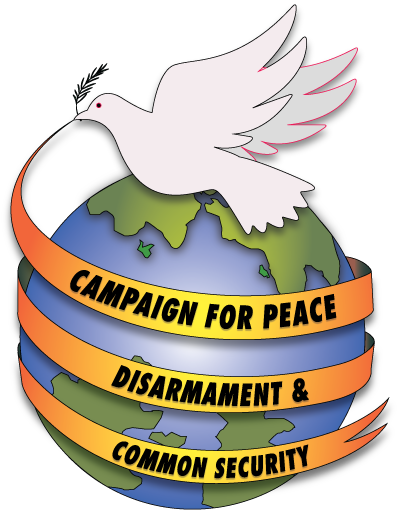Good afternoon, Massachusetts, good evening, Europe.
Dear organizers and participants of the webinar! Thank you for the invitation to discuss the safety of the Zaporozhye NPP. I am speaking to you from the Russian coast of the Baltic Sea. It’s over 4,000 miles from Boston and 1,000 miles from Zaporozhje NPP.
The topic of our discussion is relevant not only for Ukraine, Russia, but also for our planet.
I formulated this topic as follows:
nuclear power plants as a new type of weapons of mass destruction. This may seem like an exaggeration, but what is happening with the Zaporozhye nuclear power plant is not only the risk of radioactive contamination of Europe. This is the destruction of the institutional mechanisms of global security.
I will try to justify this position.
To start, a little history.
The first nuclear explosion took place on July 16, 1945 in New Mexico. But we can talk about nuclear weapons only after the explosions in Hiroshima and Nagasaki on August 6 and 9, 1945. The number of victims of these explosions in Japan after 70 years reached 450 thousand people.
The desire to possess nuclear weapons has become a goal for politicians in many countries. The threat and blackmail of its use has become an instrument of international politics.
Nuclear power plants began to be built as a demonstration of the possibility of the peaceful use of nuclear energy.
But on April 26, 1986, Chernobyl happened. This completely destroyed the peaceful image of nuclear energy.
In the 20 years after Chernobyl, additional deaths in Russia, Ukraine and Belarus increased by about 237 thousand, in Europe by 400 thousand, in Asia, Africa and North America by 330 thousand.
In total, the number of victims of Chernobyl in the world can reach 1 million people. And that number will continue to grow for generations to come.
Moreover, if Hiroshima and Nagasaki were returned to their former place, it would be impossible to live near the Chernobyl nuclear power plant for hundreds, and maybe thousands of years.
That is, the destruction of the Chernobyl nuclear power plant has a more serious and longer-lasting impact than the use of nuclear weapons in Hiroshima and Nagasaki.
On February 25 and 28, 2022, Russian troops, using heavy military equipment, took control of the Chernobyl and Zaporozhye nuclear power plants.
The fighting in the area of the Zaporizhzhya NPP can lead to consequences exceeding the Chernobyl tragedy.
That is, the “peaceful atom” has actually turned into potential “dirty bombs”. February 2022 can be considered the birthday of a new type of weapons of mass destruction. These weapons could contaminate the Northern Hemisphere with long-lived radionuclides and cause multi-million casualties.
An important detail: even technologically backward countries that do not have nuclear weapons can use these weapons. It is enough to capture a nuclear power plant on enemy territory and you can dictate terms not only to this country, but to the whole world.
After February, we can assume that Europe, including Russia and America, is mined by nuclear power plants. These are time bombs and can be detonated at any time.
Let’s compare the explosion of the Little Boy plutonium bomb in Nagasaki and the hypothetical destruction of the Zaporozhye nuclear power plant with its storage of spent nuclear fuel.
The mass of plutonium in the Nagasaki bomb was 6.4 kg. During a nuclear explosion, approximately 85% of the mass of plutonium was transformed into a shock wave, thermal, X-ray radiation. These are instant destructive factors. Only 15%, or less than 1 kg, became radioactive contamination – a factor of long-term damaging effects.
Approximately 50 tons of plutonium have been accumulated at the Zaporizhzhya NPP and in the storage of spent nuclear fuel. This is 50 thousand times more than the mass of radioactive contamination after the explosion in Nagasaki.
Plutonium is known to have a half-life of 24,000 years.
This means that in the event of the destruction of the Zaporizhzhya NPP, gigantic territories of the Northern Hemisphere may be polluted. And this pollution will persist for thousands of years and the area is several times larger than after the Chernobyl disaster.
What legal mechanisms protected peaceful nuclear installations and facilities?
Nuclear installations have been destroyed by the military before.
Israel destroyed nuclear research facilities in Iraq in 1978 and 1981, and in Syria in 2007.
The risks of destruction of nuclear power plants and nuclear research facilities were also in Slovenia, Armenia and other countries.
Therefore, the IAEA adopted a number of resolutions. They prohibit any armed attack on peaceful nuclear facilities. If this happens, it is considered a violation of the principles of the Charter of the United Nations, international law and the Charter of the IAEA.
The Zaporozhye NPP has been captured, but neither the IAEA nor the UN have been able to stop the dangerous scenario at the Zaporizhzhya NPP.
We are in a systemic crisis.
Institutional mechanisms to ensure the safe operation of nuclear power plants do not work. Other nuclear power plants in the world could also be and become a blackmail mechanism and a weapon of mass destruction.
We need new stakeholders, new models of interaction for the construction of new security mechanisms.

